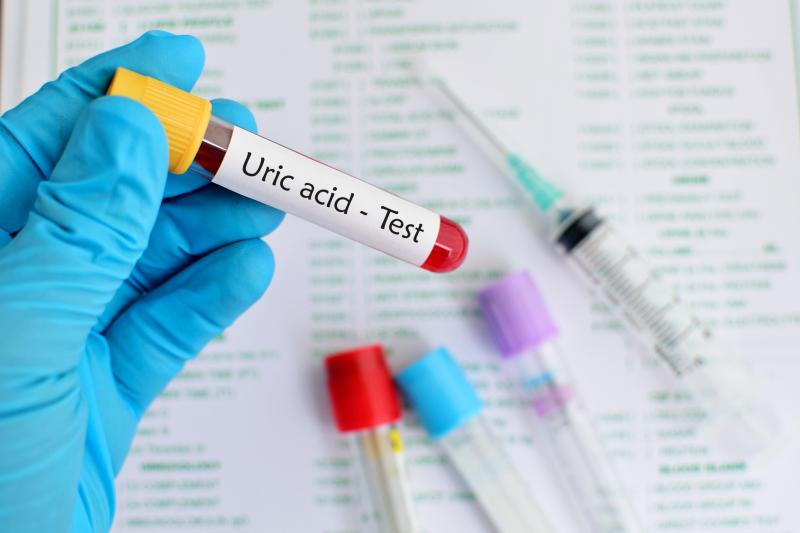
Serum uric acid (SUA) levels correlate with adipose tissue, particularly with hepatic and visceral fat, reports a recent study.
Researchers enrolled 371 individuals (mean age, 56.1±9.1 years; 58.5 percent male) in whom adipose tissue was measured using magnetic resonance imaging (MRI). Outcomes included visceral fat, subcutaneous fat and hepatic fat fraction (HFF). SUA was measured from drawn venous blood samples using an enzymatic colorimetric test.
Nearly one in five participants (n=73) had hyperuricaemia, and they tended to be older and have higher body mass index and waist circumference. Visceral (6.5±2.5 vs 4.0±2.5 l) and subcutaneous (9.0±3.3 vs 4.0±2.5 l) fat were both significantly greater in participants with hyperuricaemia, as was HFF, regardless of measurement technique.
Linear regression analyses found significant correlations between SUA and adipose tissue. For example, one standard deviation increase in SUA led to a corresponding increase of 0.82-l in visceral fat. While controlling for body mass index and waist circumference attenuated it, the relationship nevertheless remained highly evident. HFF was likewise affected by SUA independent of body mass index and waist circumference.
A similar pattern was reported for subcutaneous fat, such that one standard deviation change in SUA led to a 0.81-l increase in subcutaneous fat. However, adjusting for body mass index and waist circumference explained at least 80 percent of the variation in subcutaneous fat.
“[O]ur findings show how visceral fat, subcutaneous fat and hepatic fat are differentially affected by SUA, thus highlighting the different physiological roles of these fat compartments in uric acid metabolism,” said the researchers.